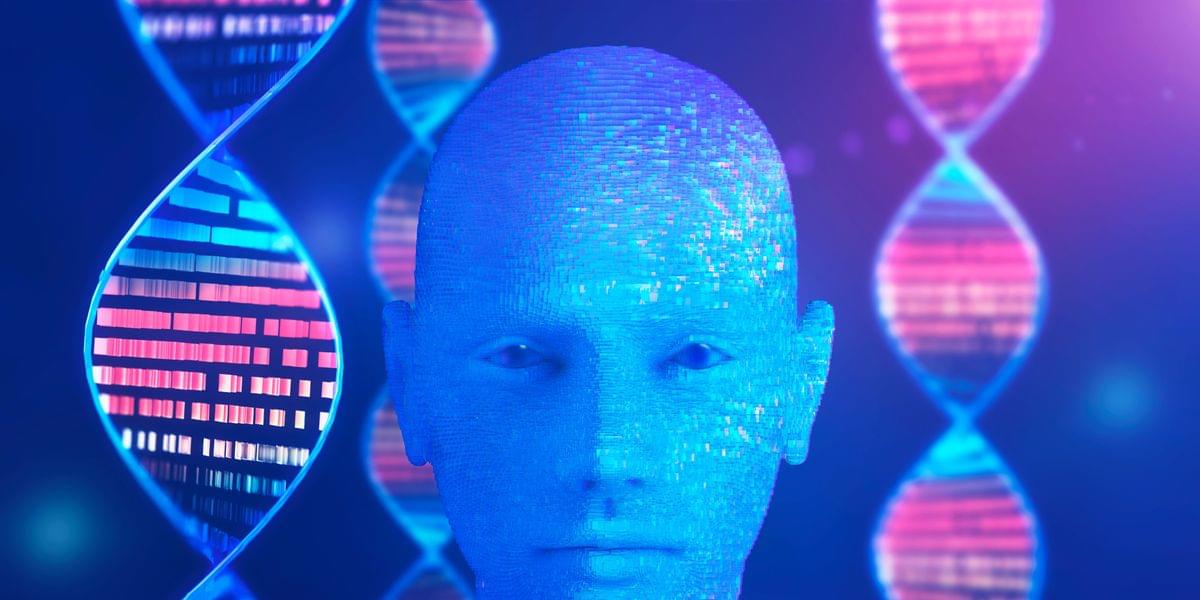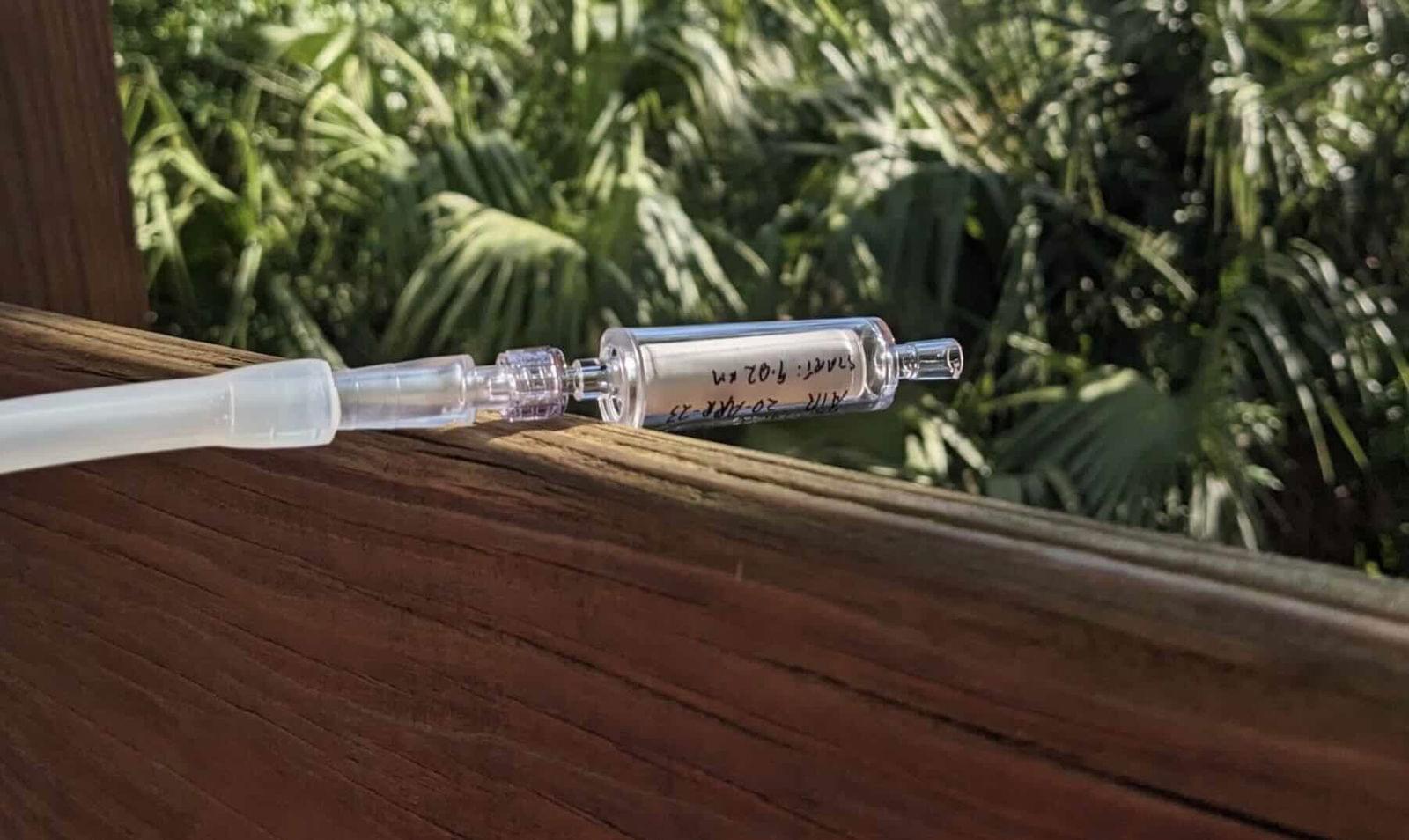If they have no ancestors or descendants, then who are they?


Did Chinese researchers at the University of Michigan try to smuggle a biological weapon into the United States? CBN’s Raj Nair is joined by Sean Durns, a Washington DC based foreign affairs analyst, who has written extensively on China.
CBN News. Because Truth Matters™
Download the free CBN News App: http://cbnnews.com/app.
SUBSCRIBE to the CBN News Channel for more:
http://youtube.com/c/CBNnewsonline/?sub_confirmation=1
SUBSCRIBE to the QuickStart Newsletter by visiting quickstart.news.
SUBSCRIBE to the Quickstart Podcast. New episodes every morning at 7am: cbn.com/cbnnews/quickstart.


For decades, we’ve thought the control center of life lies in DNA. But a new scientific framework is emerging that challenges that idea, and suggests that vast portions of the genome are immaterial and lie outside the physical world. Today, physicist Dr. Brian Miller shares his perspective on the cutting-edge, potentially revolutionary research of mathematical biologist Dr. Richard Sternberg on the immaterial aspects of the genome. In this exchange, Dr. Miller shares several examples of the immaterial nature of life. These ideas point towards the earliest stages of the next great scientific revolution and have significant implications for the intelligent design debate.
Women who have already passed through the menopause may be able to have children following a blood treatment usually used to heal wounds
What if the most powerful organ in your body isn’t your brain, but your heart? In this deeply revealing compilation from Gaia’s MISSING LINK Series 👉 https://www.gaia.com/lp/mindful-maste…, Gregg Braden uncovers a forgotten truth buried in both science and ancient wisdom—that your heart holds 40,000 brain-like cells capable of memory, emotion, and thought.
Learn how you can unlock total recall, deep intuition, and spontaneous healing through harmonizing two forgotten systems: your heart and your brain.
00:00 – The Nightmare That Solved a Murder.
03:15 – Human Chromosome 2: Engineered Evolution?
07:30 – The Brain in the Heart: 40,000 Neurites.
11:00 – Transferred Memories in Organ Transplants.
16:20 – Little Girl’s Memory Solves a Crime.
21:15 – Heart Intelligence vs Brain Intelligence.
25:00 – Ancient Cultures & Heart-Based Education.
28:40 – Unlocking Superhuman Abilities.
32:20 – Total Recall & Intuition on Demand.
36:10 – Reprogramming the Subconscious.
39:00 – Heart-Brain Harmony Triggers 1,300 Biochemical Reactions.
Cherck Out Gregg’s latest book Pure Human: The Hidden Truth of Our Divinity, Power, and Destiny here 👉 https://hayhs.com/ph_pp_hc_az.
👍 LIKE if you enjoyed this video!
🔄 SHARE with your friends and spread the knowledge!
🔔 SUBSCRIBE for more amazing content!
👉 Hit the BELL Icon on our HOME Page to stay updated with our latest releases!
Stay Connected.
Official website: https://greggbraden.com/about-gregg-braden/
Facebook: https://www.facebook.com/GreggBraden.
Twitter: https://twitter.com/GreggBraden.
Instagram: https://www.instagram.com/Gregg.Braden/
This channel is managed by:
Zohar Entertainment Group International Inc, USA
YouTube Certified Enterprise Partner — FAM Networks, USA
Facebook: / greggbraden.
Twitter: / greggbraden.
Instagram: / gregg.braden


Scientists have revealed a novel means of tracking everything from wildlife to illicit substances using environmental DNA detectable in the air around us.
The findings, outlined in a new study published in Nature Ecology & Evolution, show that tracking virtually anything using environmental DNA can be achieved as simply as capturing this ever-present genetic material from the air using a vacuum.
The discovery, made by a team led by David Duffy, Ph.D., reveals DNA as a powerful new tool for detecting and tracking living organisms and a range of substances in virtually any environment.

Scientists at the San Raffaele Telethon Institute for Gene Therapy (SR-Tiget), Milan, have found that gene editing using CRISPR-Cas9 in combination with AAV6 vectors can trigger inflammatory and senescence-like responses in blood stem cells, compromising their long-term ability to regenerate the blood system.
The study, published in Cell Reports Medicine, outlines new strategies to overcome this hurdle, improving both the safety and efficacy of gene-editing-based therapies for inherited blood disorders.
The research was led by Dr. Raffaella Di Micco, group leader at SR-Tiget, New York Stem Cell Foundation Robertson Investigator and Associate Professor at the School for Advanced Studies (IUSS) of Pavia, in collaboration with Professor Luigi Naldini, Director of SR-Tiget, and several European research partners.